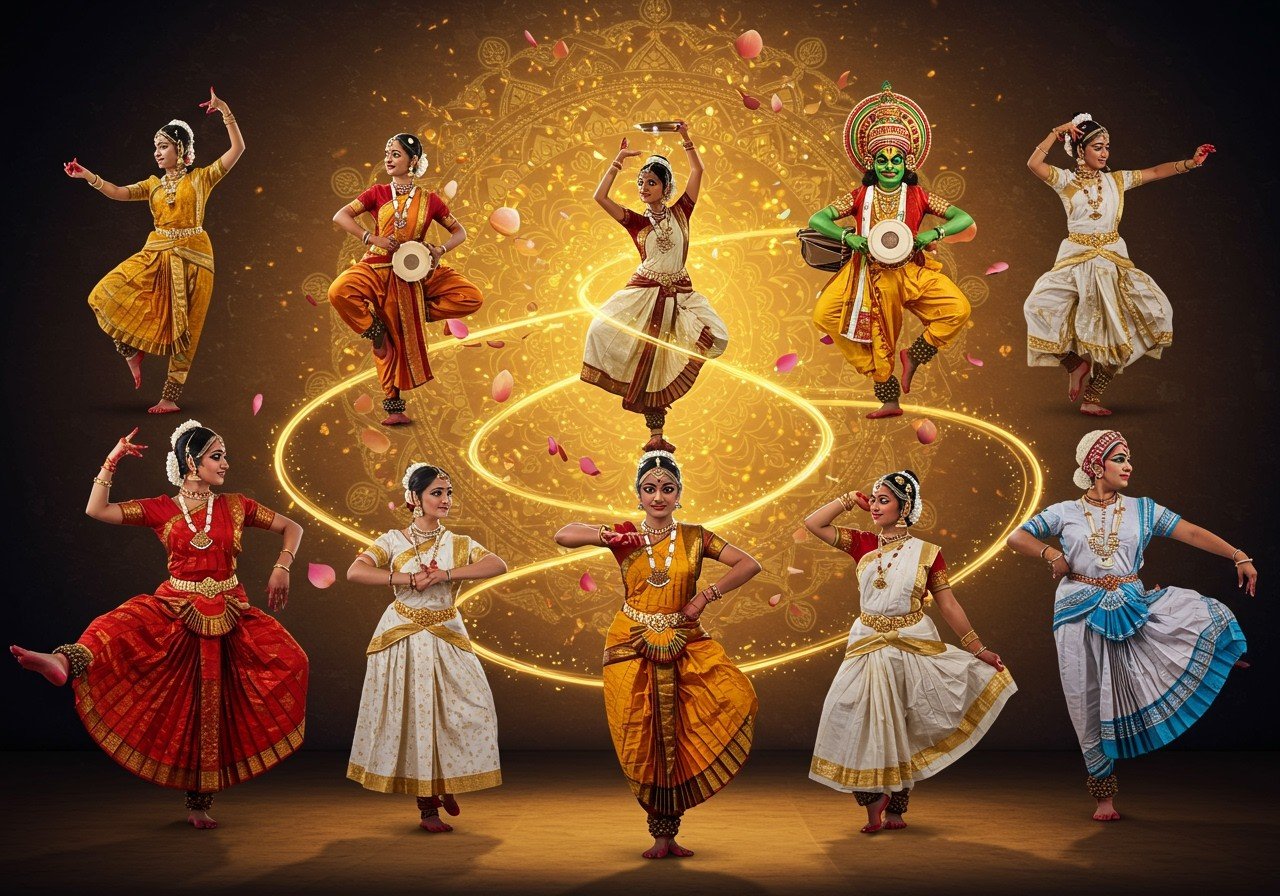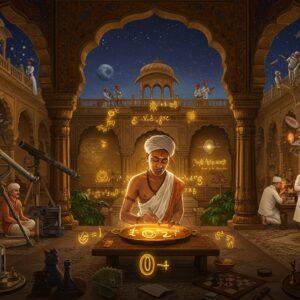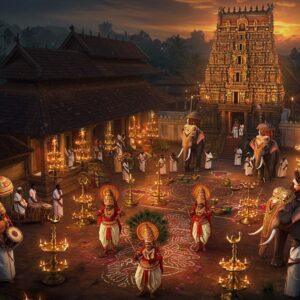
India’s classical dance forms offer a captivating glimpse into the nation’s rich cultural heritage. Each style reflects diverse traditions and artistic expressions, deeply rooted in Hindu musical theatre and the ancient Sanskrit text, Natya Shastra. While the exact number of recognized classical dance styles varies, the Sangeet Natak Akademi acknowledges eight distinct forms. These styles act as a vibrant thread connecting India’s past with its present, preserving cultural heritage while embracing contemporary influences. Let’s embark on a journey through these mesmerizing dance traditions.
Bharatanatyam: The Ancient Temple Dance of Tamil Nadu
Originating in Tamil Nadu, Bharatanatyam stands as one of India’s oldest classical dance forms. Deeply intertwined with Hindu temple rituals, this style emphasizes a fixed upper torso, bent legs, and complex footwork. Dancers use expressive hand gestures, known as mudras, and nuanced facial expressions to narrate stories and convey a spectrum of emotions.
Poojn.in offers traditional sindoor containers, perfect for dancers seeking auspicious beginnings to their performances. Browse our collection and discover the perfect complement to your Bharatanatyam attire.
Kathak: The Storyteller’s Dance of North India
Kathak, originating from North India, is a mesmerizing narrative of Indian culture. Known for its storytelling prowess, this dance form has journeyed from temple courtyards to regal palaces. With graceful spins, rhythmic footwork accompanied by the resonating ghungroo bells, Kathak dancers weave captivating tales from mythology and folklore, showcasing a blend of tradition and innovation.
Kathakali: The Enacted Tale of Kerala
In the southern state of Kerala, Kathakali distinguishes itself with dramatic flair. Performers adorn elaborate costumes and makeup, transforming into characters from Hindu epics. Through codified gestures and expressive facial movements, they convey deep emotions and intricate narratives. The rigorous physical training required for Kathakali demonstrates the dedication and precision of its performers.
Odissi: The Dance of Devotion from Odisha
Hailing from the temples of Odisha, Odissi embodies devotion through fluid movements and sculpturesque poses. Dancers employ intricate footwork to create a sense of grace and spirituality, expressing bhakti (devotion) and abhinaya (expression). Each Odissi performance becomes a tribute to divine love and beauty.
Manipuri: The Gentle Grace of the Northeast
From Manipur, in the northeast of India, comes Manipuri, a dance form enchanting audiences with its gentle grace. Influenced by Vaishnavism, Manipuri often portrays the divine love story of Radha and Krishna. Soft hand movements and subtle rhythms distinguish this style, reflecting the serenity and elegance of the traditional Lai Haraoba festival.
Kuchipudi: The Dance-Drama Tradition of Andhra Pradesh
Kuchipudi, originating from Andhra Pradesh, seamlessly blends dance, music, and acting. Born in the village of Kuchipudi, this dance form has evolved from male-dominated drama to include solo female performances. Kuchipudi emphasizes storytelling through expressive gestures and dynamic footwork.
Poojn.in offers authentic Tulsi Kanthi malas, a traditional accessory often worn by Kuchipudi dancers. Explore our selection and find the perfect mala to enhance your spiritual connection during performances.
Sattriya: The Dance of Monasteries in Assam
Sattriya emerged from the Vaishnavite monasteries of Assam as a spiritual medium. Created by the saint-scholar Sankardev, this dance combines drama, music, and dance to disseminate religious teachings. Sattriya performances frequently depict the life of Krishna, captivating audiences with their devotion and artistic expression.
Mohiniyattam: The Graceful Allure of Kerala
Mohiniyattam, another classical dance form from Kerala, is characterized by its graceful and alluring movements. This dance form is traditionally performed by women and emphasizes feminine grace and sensuality. The name Mohiniyattam translates to “dance of the enchantress,” reflecting the captivating nature of this dance style.
Poojn.in: Supporting Classical Dance Traditions
Poojn.in proudly supports these beautiful classical dance traditions by offering a wide array of essential items for dancers and dance teachers. Our collection includes:
- Traditional dance anklets (ghungroo) in various sizes for Bharatanatyam, Kathak, and other dance forms. These are crafted with high-quality materials to ensure optimal sound and durability.
- Pure cotton and silk dance practice sarees with matching blouses. We offer a variety of colors and designs to suit individual preferences.
- Temple jewelry sets commonly used in classical dance performances. These sets are crafted with intricate details and high-quality materials.
Visit www.poojn.in to explore our complete range of classical dance items and accessories.
Embracing the Legacy
India’s classical dances are more than just art forms; they are living expressions of the nation’s cultural soul. From Kathak’s narrative grace to Sattriya’s spiritual depth, each style offers a unique window into the diverse traditions that shape India. By supporting and appreciating these dances, we ensure that their rhythms and stories continue to resonate through time, inspiring and connecting us all.
FAQs on Indian Classical Dance
What defines Indian classical dance? Indian classical dance, also known as Shastriya Nritya, encompasses various regionally specific dance traditions rooted in Hindu musical theatre and the Natya Shastra.
How are the dance forms categorized? All major classical Indian dance forms incorporate three performance categories: Nritta (abstract, rhythmic dance), Nritya (expressive dance conveying story or emotion), and Natya (dance-drama).


